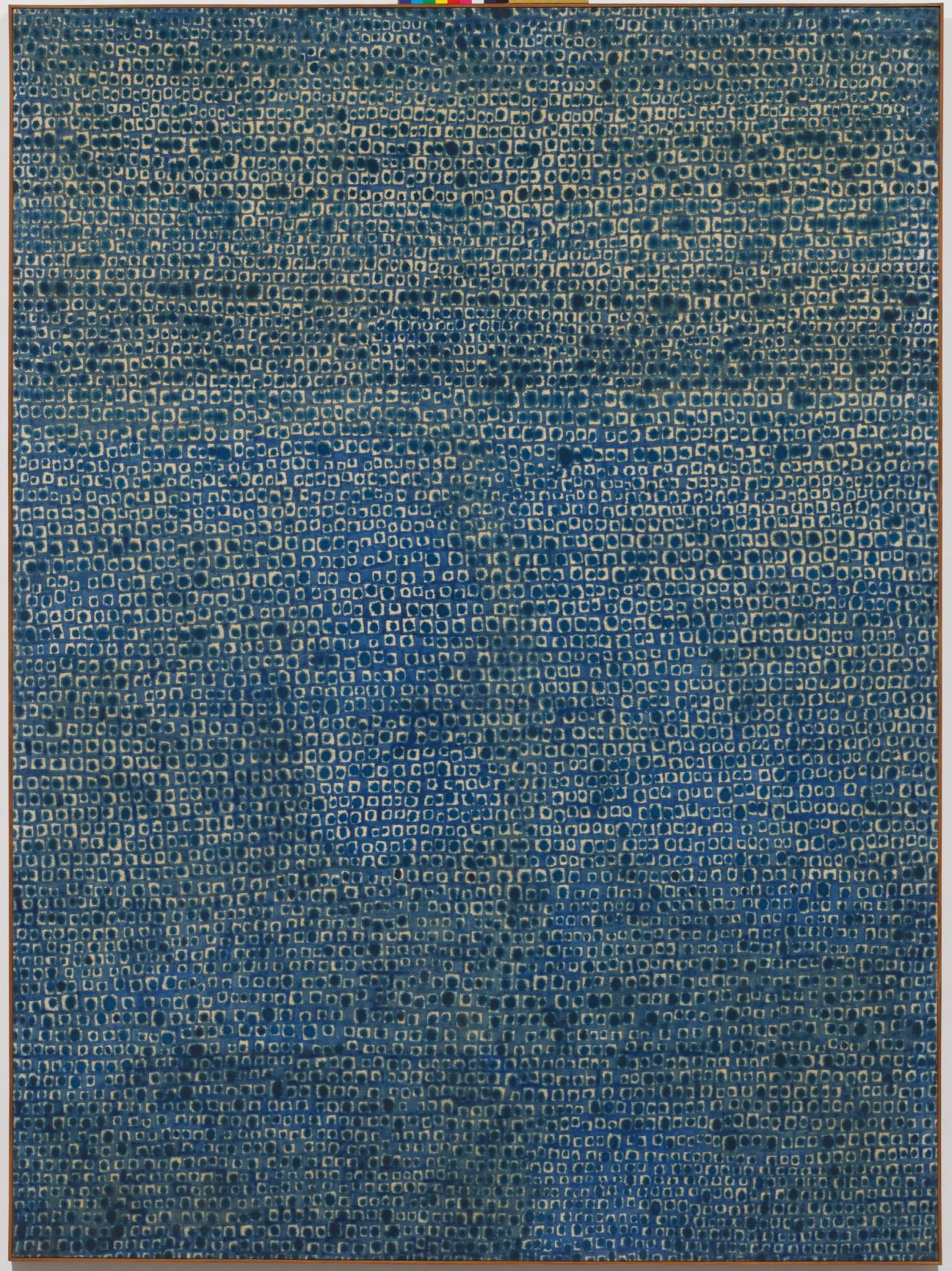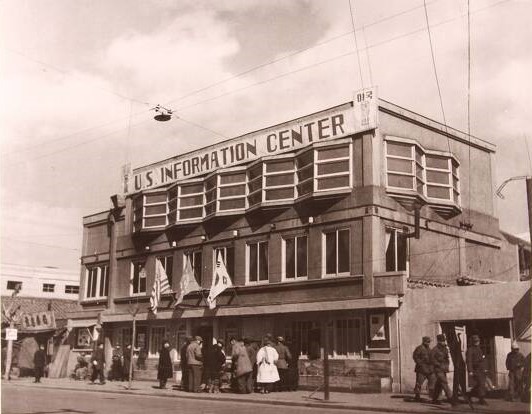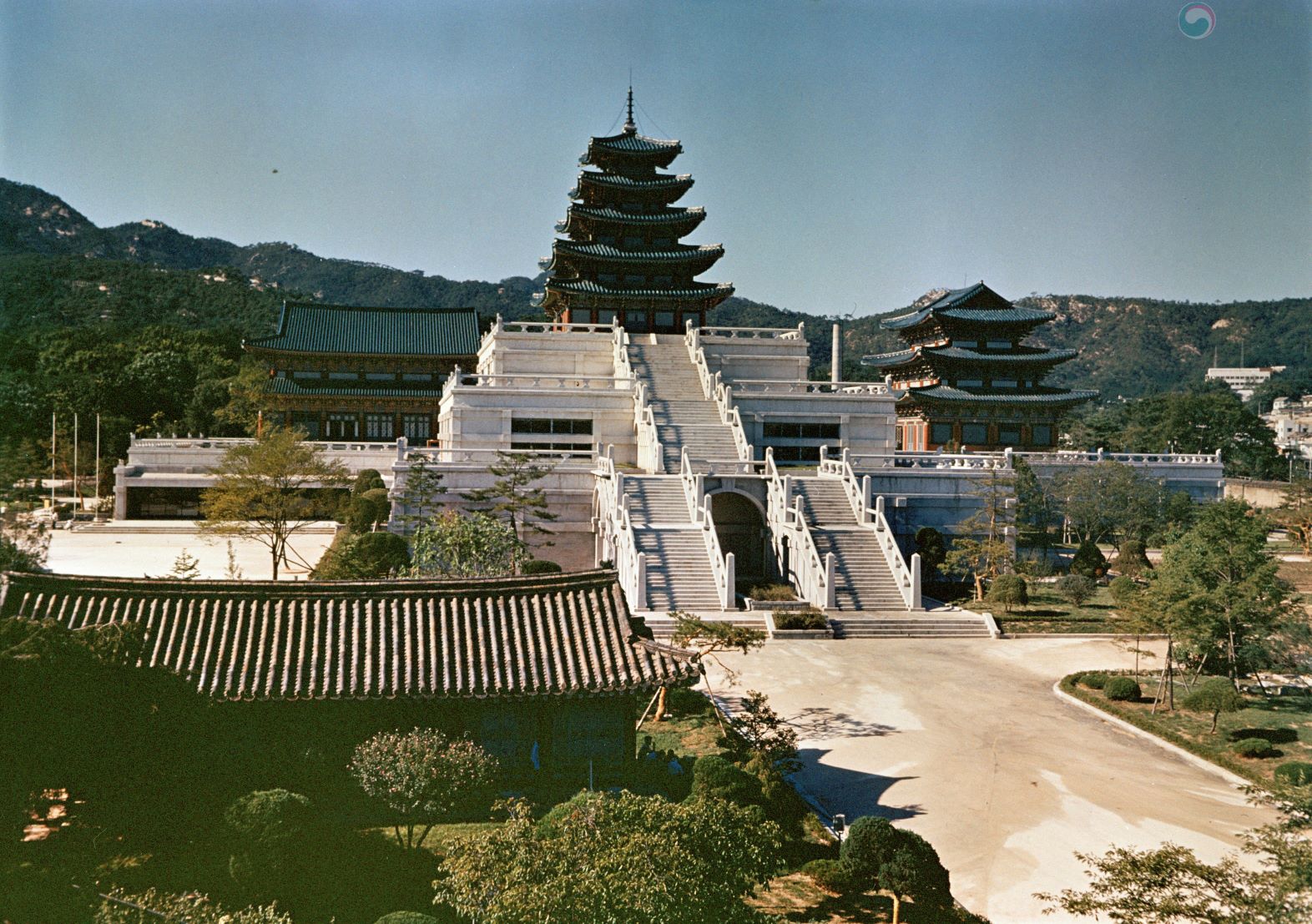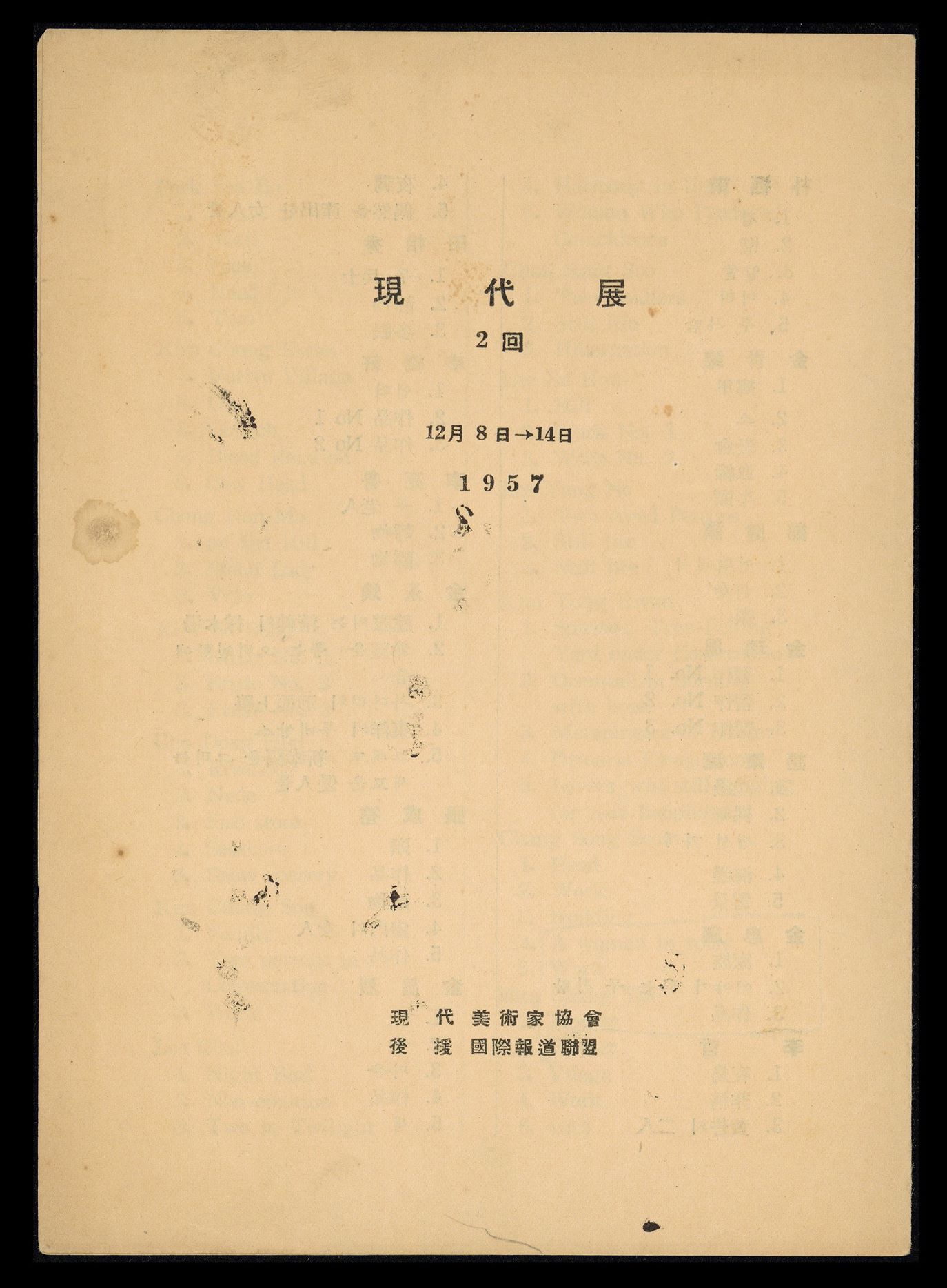
Eight American Artists Exhibition, Leaflet, Image provided by Kimdaljin Art Archives and Museum
Eight American Artists
* Source: Multilingual Glossary of Korean Art. Korea Arts Management Service
Related
-

Abstract art
A term which can be used to describe any non-figurative painting or sculpture. Abstract art is also called non-representational art or non-objective art, and throughout the 20th century has constituted an important current in the development of Modernist art. In Korea, Abstract art was first introduced by Kim Whanki and Yoo Youngkuk, students in Japan who had participated in the Free Artists Association and the Avant-Garde Group Exhibition during the late 1930s. These artists, however, had little influence in Korea, and abstract art flourished only after the Korean War. In the 1950s so called “Cubist images,” which separated the object into numerous overlapping shapes, were often described as Abstractionist, but only with the emergence of Informel painting in the late 1950s could the term “abstract” be strictly used to describe the creation of works that did not reference any exterior subject matter. The abstract movements of geometric abstractionism and dansaekhwa dominated the art establishment in Korea in the late-1970s. By the 1980s, however, with the rising interest in the politically focused figurative art of Minjung, abstraction was often criticized as aestheticist, elitist, and Western-centric.
-

United States Information Service
An organization under the United States Information Agency that was responsible for the overseas promotion of the policy and culture of the USA. In Korea, the service established its headquarters at Bando Hotel in 1948, and regional branches in major cities such as Busan, Cheongju, Jeonju, Gwangju, Daegu, and Jeju City. The service’s operations included English education, media screenings, publishing, and exhibitions. During the 1950s, when the United States began to harness the potential of culture in relation to Cold War politics, the service supported exhibitions such as the Eight American Artists and the Family of Man exhibition. The service greatly influenced the Korean art community during the period of military rule until 1987, which had little other opportunity for exposure to overseas art.
-

National Museum
The National Museum was established by the Korean government in 1945 after Independence. It consists of a general museum and a special museum. The National Museum of Korea as a general museum took over the Museum of the Japanese Government-General of Korea and opened at Gyeongbokgung Palace in 1945. It annexed the Gyeongju, Buyeo, Gongju, and Kaesong museums. It also annexed Song Seokha’s National Museum of Anthropology and accepted the collection of Deoksugung Museum of Art (former Yi Royal Family Museum) in 1969. The museum was called “National Museum” from 1945 to 1972, and the “National Museum, of Korea” after the reorganization in 1972. Meanwhile, local annex museums were upgraded to local national museums, such as Gyeongju National Museum and Buyeo National Museum. Since Independence, national museums have been constructed in many local cities, including Gyeongju, Buyeo, Gongju, Gwangju, Jinju, Cheongju, Jeonju, Daegu, Gimhae, Jeju, Chuncheon, Naju, and Iksan. These museums play pivotal roles in maintaining local histories and cultures. Special museums within the National Museum of Korea include the National Palace Museum (the history and culture of the Joseon Dynasty), the Maritime Museum (maritime culture), the Forest Museum, the Diplomatic Museum, the Police Museum, the Custom Museum, the Lighthouse Museum, the Postal Museum, and the Museum of Korean Traditional Music.
Find More
-

The Family of Man
The Family of Man was a photography exhibition which celebrated the 25th anniversary of the Museum of Modern Art, New York from January to May 1955. Edward Steichen, a director of the museum’s photography department since 1947, organized the exhibition. It was composed of 503 items by 273 artists from 68 countries. After its initial showing, the exhibition toured the world. In Korea, the exhibition was held at the Gyeongbokgung Palace Museum from April 3 to 28, 1957. The exhibition portrayed the diverse lives of people around the world attempting to portray mankind as a single family, and promote greater humanist faith in mankind. The press and art critics, however, criticized the exhibition for its overemphasis on sentimentalism and popular taste, and its exclusion of the harshness of reality.
-

Hyundae Fine Artists Association
An art organization formed in 1957 under the leadership of Moon Woosik, Kim Younghwan, Kim Tschang-Yeul, Jang Seong-soon, Lee Cheol, Ha Indoo, Kim Jonghwi, and Kim Cheonggwan. The association held its inaugural exhibition at the United States Information Service gallery from May 1 to 9 in 1957. As part of a new generation of artists who received university education after independence, the members chose the pursuit of the “antithesis of feudal elements that hinder the development of culture” as the task of the association, and they stated the founding purpose of the association as being to achieve “communion with the highbrow universal consciousness that is oriented toward contemporary art.” In the third exhibition, which was in 1958, the association featured Informel art, which heralded the beginning of an era of Informel in Korean art. In 1961, the association held a joint exhibition with the 1960s Artists Association, and in 1962, the two organizations merged to form Actuel.






